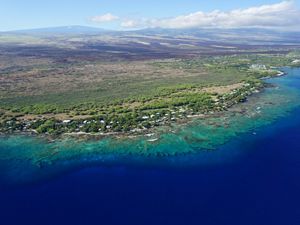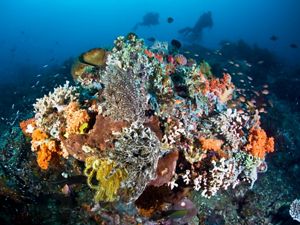How Tourism Can Be Good for Coral Reefs
Data highlights opportunities for the tourism industry to support better conservation outcomes
View The Study
DownloadCoral reefs could be considered the poster child of nature-based tourism. People come specifically to visit the reefs themselves, to swim over shimmering gardens of coral amongst hordes of fish. But even if you aren’t snorkeling or diving on a reef, your tropical beach vacation was likely made possible by a coral reef.
The world’s coral reefs perform many essential roles. They are home to the fish that provide the food - and often livelihoods - for nearly 100 million people. They also act as barriers against the worst impacts of storms, protecting the beaches and the millions of people who live around and rely upon them. By modelling the economic contributions of coral reefs to global and local economies, this work can be used to persuade governments of the importance of investing in their protection.
Quote: Source: Mapping Ocean Wealth
The global economic value of coral reefs for tourism is $36 billion/year
In a study published in the Journal of Marine Policy, The Nature Conservancy’s Mapping Ocean Wealth (MOW) initiative and partners, used an innovative combination of data-driven academic research and crowd-sourced and social media-related data to reveal that 70 million trips are supported by the world’s coral reefs each year, making these reefs a powerful engine for tourism.
In total, coral reefs represent an astonishing $36 billion a year in economic value to the world. Of that $36 billion, $19 billion represents actual “on-reef” tourism like diving, snorkeling, glass-bottom boating and wildlife watching on reefs themselves. The other $16 billion comes from “reef-adjacent” tourism, which encompasses everything from enjoying beautiful views and beaches, to local seafood, paddleboarding and other activities that are afforded by the sheltering effect of adjacent reefs.
Quote: Source: Mapping Ocean Wealth
There are more than 70 countries across the world that generate more than 1 million dollars per square mile.
In fact, there are more than 70 countries and territories across the world that have million dollar reefs—reefs that generate more than one million dollars per square kilometer. These reefs support businesses and people in the Florida Keys, Bahamas, Mexico, Indonesia, Australia, and Mauritius, to name a few. Demonstrating this value creates a powerful incentive for local businesses and governments to preserve these essential ecosystems.
The Conservancy’s Atlas of Ocean Wealth, and the accompanying interactive mapping tool, serves as a valuable resource for managers and decision makers to drill down to determine not just the location of coral reefs or other important natural assets, but how much they’re worth, in terms of their economic value as well as fish production, carbon storage and coastal protection values. By revealing where benefits are produced and at what level, the MOW maps and tools can help businesses fully understand and make new investments in protecting the natural systems that underpin their businesses.
The Methodology
Along with traditional data-driven academic research, and research from the emerging fields of crowd-sourced and social media-related data, a combination of tourism datasets that included hotel rooms, general photographs, underwater photographs, dive centers and dive site were used to render and improve crude national statistics, and also to cross-validate with independent datasets – for example, using hotel locations alongside number of photos taken in a location to independently show tourism spread at national levels, and using dive-sites and locations of underwater photographs to distinguish between tourism activities that take place directly on the reef (e.g., snorkeling, diving) versus tourism activities that indirectly benefit from the presence of coral reefs (e.g., enjoying pristine beaches, calm waters, and fresh seafood).
The data is available in the mapping application, which allows users to view and compare economic and visitation values of coral reef tourism around the world. Users can also focus on specific geographies, such as Florida, the Bahamas, the Eastern Caribbean, and Micronesia, to view a more fine-scale distribution of values in these regions.

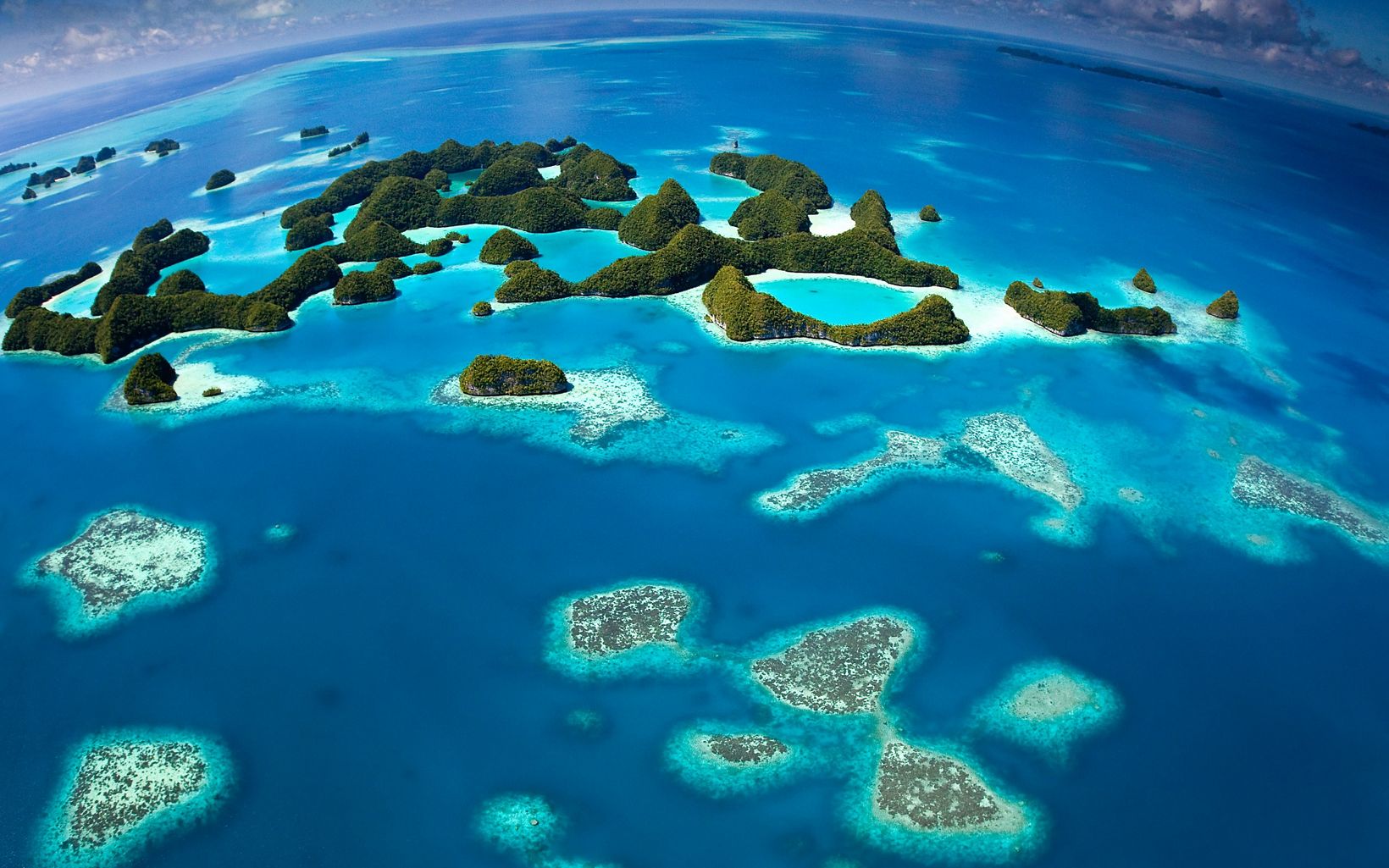










Armed with concrete information about the value of these important natural assets, the tourism industry can start to make more informed decisions about the management and conservation of the reefs they depend on—and thus become powerful allies in the conservation movement.
The concept of valuing nature isn’t a new one, but the detailed, targeted knowledge of the MOW initiative presents an opportunity for the travel and tourism industry to lead both in the private sector, institutionalizing the value of nature into business practices and corporate sustainability investments, and in the sustainability movement more broadly by capturing the business opportunities that exist when we realize that we need nature.
Quote: Dr. Robert Brumbaugh
It’s clear that the tourism industry depends on coral reefs. But now, more than ever, coral reefs are depending on the tourism industry."
For those interested in learning more, or if you have questions or feedback, contact us at oceanwealth@tnc.org.
Resources
-
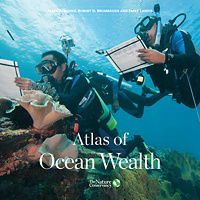
Atlas of Ocean Wealth
This Atlas represents the largest collection to date of the economic, social and cultural values of coastal and marine habitats globally. View Atlas
-
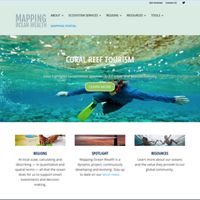
Mapping Ocean Wealth
Understanding in quantitative terms all that the ocean does for us today, so that we make smarter investments and decisions for the ocean of tomorrow. Visit Site
-
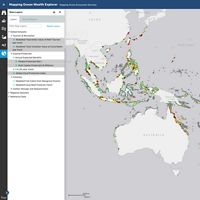
Recreation and Tourism Data Portal
Dig in to visualize and simplify global, regional and local ecosystem benefits for use in natural resource planning and policy decisions. Explore the Data
Global Insights
Check out our latest thinking and real-world solutions to some of the most complex challenges facing people and the planet today.

